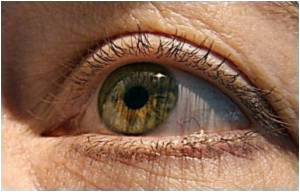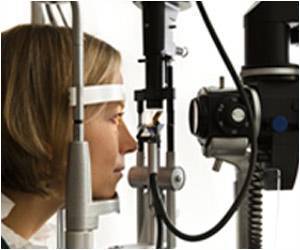
‘A recent project uses innovative techniques of human induced pluripotent stem cell (iPSC) models to find new treatment approaches in Age-related macular degeneration (AMD).’
Tweet it Now
The symptoms of AMD include blurred vision, difficulty seeing in low light, and seeing straight lines as wavy. The condition can develop slowly over several years or can develop very quickly. To date, there is no cure.Funding To Research an Eye Disease Suffered by Over 190 Million People Worldwide
The award from the Academy of Medical Sciences Springboard scheme to research teams from Northumbria University, Newcastle University, and the University of Tuebingen in Germany will help fund ground-breaking techniques to study age-related macular degeneration (AMD).The macula is part of the retina at the back of the eye that allows you to see fine detail and is responsible for our central vision. These macula cells can deteriorate for several reasons, the most common being aging, but smoking, poor diet, high blood pressure, and genetic history can all play a part too.
This funding will support the study into the causes of AMD at a cellular level using pluripotent stem cell (iPSC) models. PSCs are lab-created cells that can be used to generate any type of human cell required for therapeutic purposes.
In addition, cells can be created at different stages of development. This project will help researchers study the different types of cell membrane channels that are selectively permeable to certain ions in human iPSC models of AMD, and how they work together. This will also give a better understanding of AMD as well as find new ways to treat the disease.
Advertisement










